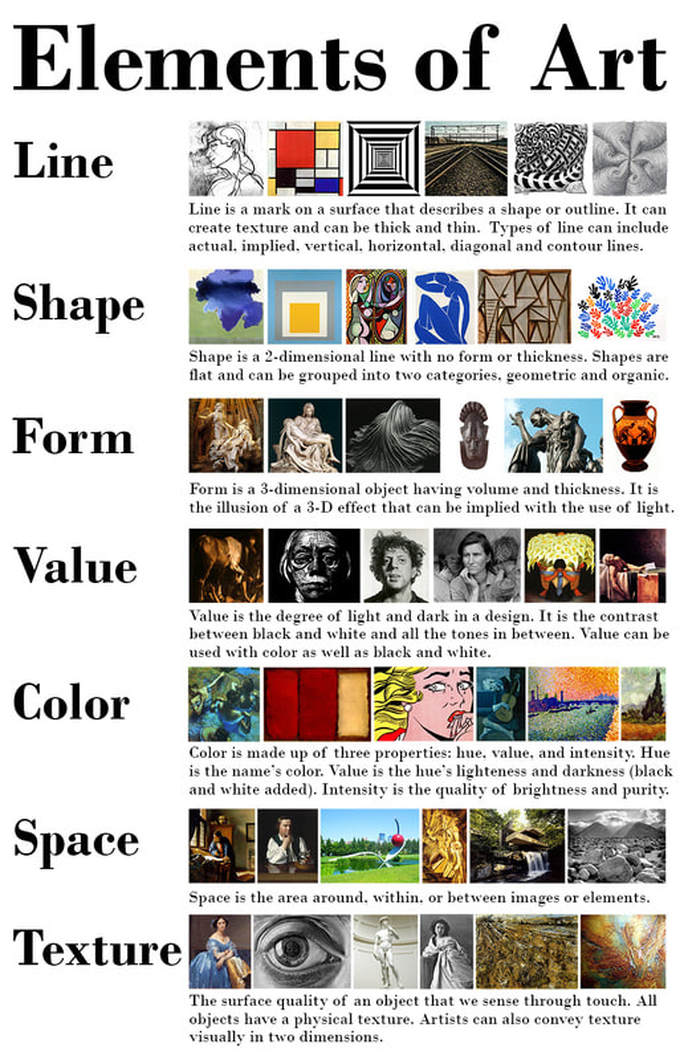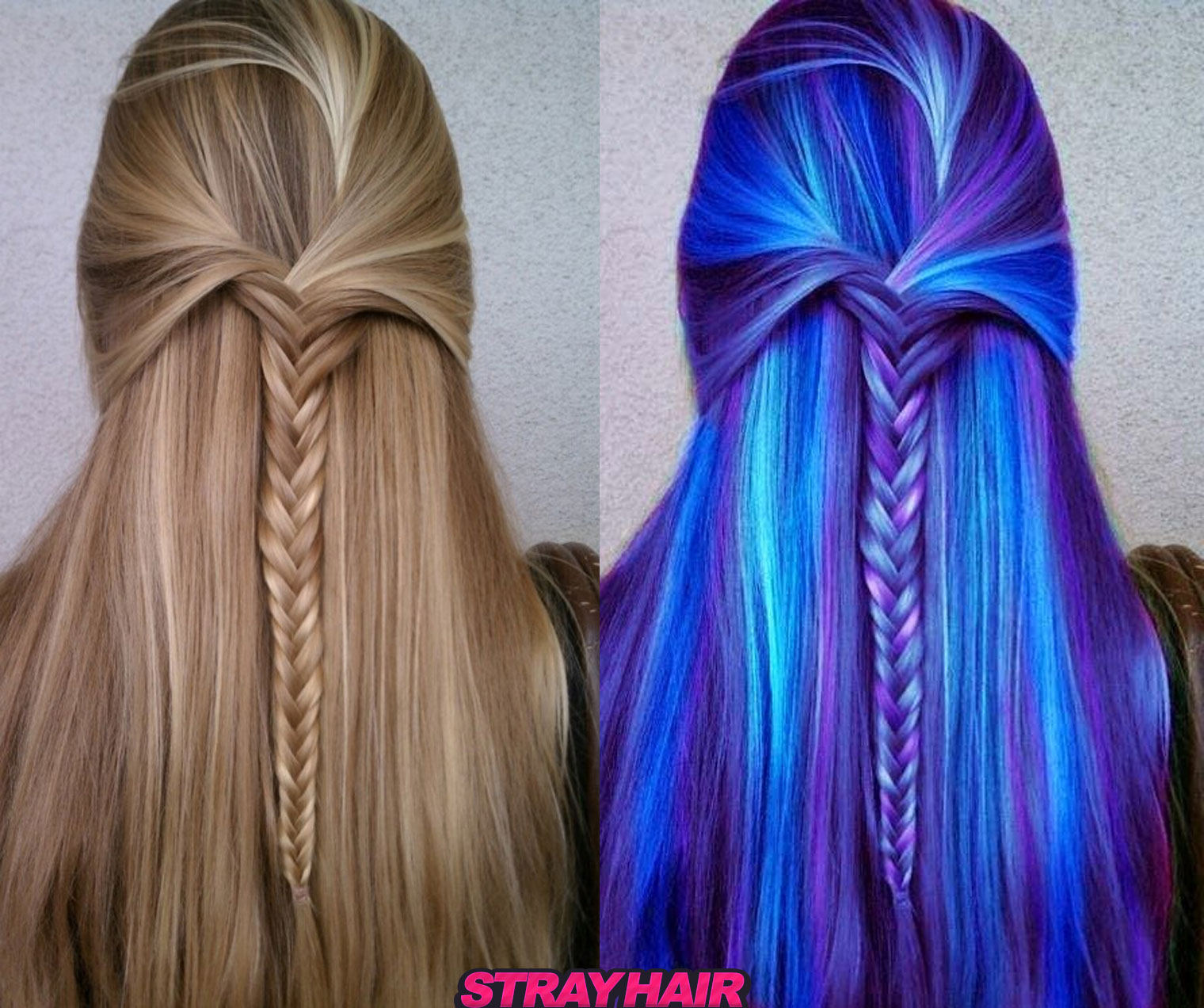Table Of Content

The WWF logo, shown earlier, is an example of making use of the principle of gestalt to create interesting designs. Texture can be created by a repeated pattern of lines, or by using tiled images of textures. Above, the diagonal lines add a ‘grip’ effect to an otherwise ‘smooth’ rectangle. If functional and aesthetic elements don’t add to the user experience, forget them.
Rhythm
How to Look at a Norman Rockwell Picture: Part 6 — Rockwell’s Gift for Design - The Saturday Evening Post
How to Look at a Norman Rockwell Picture: Part 6 — Rockwell’s Gift for Design.
Posted: Wed, 04 Sep 2019 07:00:00 GMT [source]
This is an example of geometric shape and how shapes can be used together to create other shapes. Behind the seven red circles jutting out from the flat plane are four diamonds that touch at each end. Together these triangles and diamonds create a star-like polygon out of the patterned background.
Trending Guides
A technique that’s often used with lines is directing the eye towards a particular area of a design. You can play around with this type of element and see how you can implement it in your visual materials. You’ll often see that lines are also used to create perspective or evoke a certain feeling. They can be thick or thin, vertical, horizontal, or diagonal, or they can create texture. A straight line can send the feel of order and neatness, while a wavy line can create movement. Unity refers to how well the elements of a design work together.
Elements and principles of design to use for inspiration in 2024
Emphasis is the part of a design that catches the eye of the user—a focal point, in other words. Ideally, this should be the most important part of the design, whether that’s the headline, an image, or a CTA. If everything on your page looks like it has the same importance, then nothing appears important. You need to use visual cues to tell people what to pay attention to first, second, third, etc. A lack of unity in designs can create a sense of unease and chaos. Design principles represent the accumulated wisdom of researchers and practitioners in design and related fields.
Essential Elements Of Design Explained
This natural progression of one’s eyes, from one object to another, can be controlled by the design of the content. The more you practice this principle of design, the higher the chance your brand will grow beyond just a single advertisement. For any design to have a dynamic look, it is essential to have well-contrasted elements.
7 Essential UI Design Principles for an Effective User Interface (2023) - Shopify
7 Essential UI Design Principles for an Effective User Interface ( .
Posted: Thu, 27 Apr 2023 07:00:00 GMT [source]
The elements of design are the building blocks of visual art, including point, line, shape, and space. Together, they combine to create visually engaging compositions in any design project. Color is one of the most powerful and expressive elements in design. The color wheel serves as a guide for understanding the relationships between colors, such as complementary, analogous, and monochromatic schemes. Skillful use of color can reinforce the overall theme of a design, create focal points, and establish visual hierarchy.
You’ll also learn how to effectively use visual design elements and principles by deconstructing several well-known designs. In visual design, form is described as the way an artist arranges elements in the entirety of a composition.[5] It may also be described as any three-dimensional object. Form can be measured, from top to bottom (height), side to side (width), and from back to front (depth). It can be defined by the presence of shadows on surfaces or faces of an object. There are two types of form, geometric (artificial) and natural (organic form).
How to Add Music to a Video in 4 Steps: Renderforest Guide 101
The designer wanted to create some movement, but suddenly almost nothing is aligned. In this article, we present you with a list of design principles, giving you a better understanding of how they work and why they matter. Rhythm occurs when one or more elements of a design are used repeatedly to create a feeling of organized movement, or a visual tempo.
Contrast can be created through the use of color, shape, size, and texture. For example, a room with walls painted in a light color will feel brighter and more spacious than a room with dark-colored walls. Similarly, a room with furniture in different shapes and sizes will feel more dynamic than a room with matching furniture. By employing contrast in design, you can add visual interest to any space. The principles of design in art are foundational concepts that guide the creation and evaluation of artworks, ensuring visual harmony, balance, and cohesion. These principles include balance, contrast, emphasis, movement, pattern, rhythm, and unity/variety.
Designers employ different styles to ensure they achieve the desired movement of visual information in the eyes and minds of customers taking in that information. We have put together the essential principles of design that will form your guiding compass as a creator. They extend from design fundamentals you can learn as a self-taught artist to entire fields of study in creating visually engaging content. Visual design elements and principles describe fundamental ideas about the practice of visual design.
Repetition is boring and monotonous only when there’s no variation. When some degree of variation is added to a design where certain elements are being repeated, it changes everything. If you want to draw attention to a particular object, then this is the way to go.
Understanding the elements of design is crucial in visual communication because they allow designers to effectively convey ideas and messages to their audience. By strategically using these elements, designers can guide the viewer's eye, create focal points, and establish a cohesive and visually appealing composition. Value refers to the lightness or darkness of colors and tones within a design. By using shades and tints, designers can add depth, volume, and contrast to their compositions. Proper manipulation of value helps create a sense of form and texture, making objects appear more realistic and three-dimensional. Skillful use of value can also lead to visually striking designs that capture the audience's attention and convey a particular mood or atmosphere.
These elements will help you create more diverse content, such as infographics, mind maps, flows, or routings. Lines are the most basic element of design, and they make up pretty much everything. They can also be defined as linear marks that can describe a shape or outline something. Framing refers to how the primary subject of a design is placed in relation to other elements on the page.
This principle is particularly effective in storytelling within a design, as it can direct attention to areas of importance and maintain engagement. Utilizing movement effectively can also evoke emotions and reactions, enhancing the overall impact of the design. Ultimately, movement ensures that the design is lively and dynamic, keeping the viewer's interest and providing a coherent visual journey. Emphasis is a vital principle of design that focuses attention on the most important elements of a composition. It acts as a point of attraction that pulls the viewer’s eye to key areas, ensuring they are noticed immediately. Designers can create emphasis through contrast, color, size, and placement.
Repeating or alternating a group of different elements in the same order and at specific intervals is a way to create rhythm in design. A commonly repeated element in designs is a logo, which plays a critical part in creating a brand identity. Besides text and color, emphasis is achieved with size, shape, weight, texture, and position, to name a few. Asymmetrical balance creates visual interest and adds a modern feel to the design.

No comments:
Post a Comment